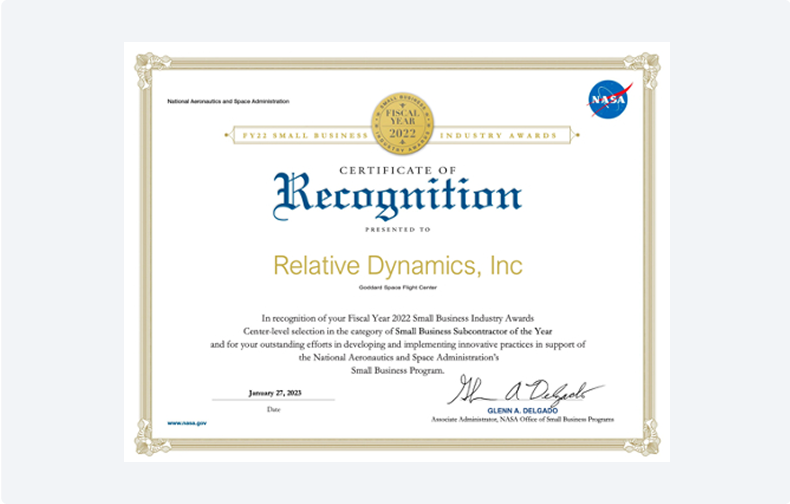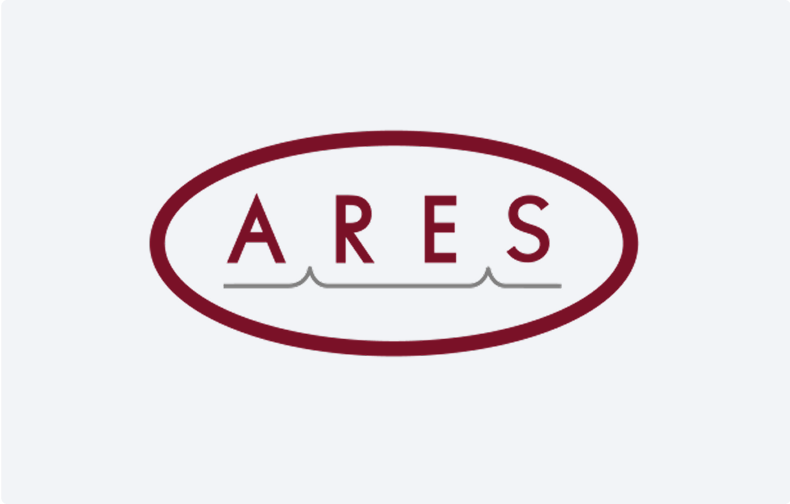The main sources of spacecraft disturbances are mechanical vibrations, sensor and actuator noises, and slew residuals.
Among these, the most critical disturbance is jitter.
A key idea is to use integrated, data-driven feedback control algorithms to reject repetitive and periodic disturbances. To achieve this, we will employ two modeling approaches.
NASA awarded Relative Dynamics a Phase I SBIR Award to further research methods for eliminating these disturbances.
The newly awarded NASA Phase 1 SBIR program will enable large telescope image stabilization (e.g., LUVOIR) and other high-precision optical instrument platforms (e.g., LISA and GRACE-2).
High-precision pointing control is also essential for long-distance optical communication systems. The data-driven, feed-forward, and stochastic control algorithms developed through this research can be applied to a broad range of spacecraft control problems.
Similarly, the low-cost Koester prism sensor and nano-precision actuators can be used for fine guidance of small spacecraft, enabling platform stabilization for commercial satellites as well.
Precision fused sensors and the associated control algorithms are critical for a wide array of applications — including robotic assembly, autonomous driving, unmanned aerial vehicles, missile munitions, and other fields that depend on precision metrology for absolute measurements.
Relative Dynamics is proud and excited to further NASA’s interest in Guidance, Navigation, and Control for future missions.
This award strengthens our ongoing partnership with NASA and underscores our commitment to advancing technologies both on Earth and beyond.






